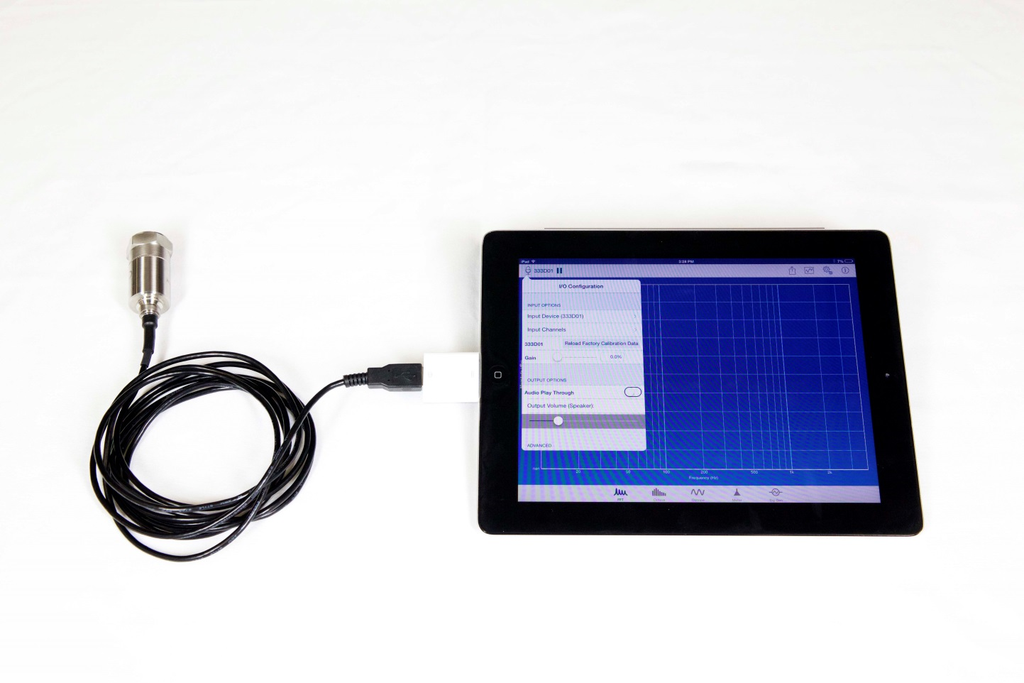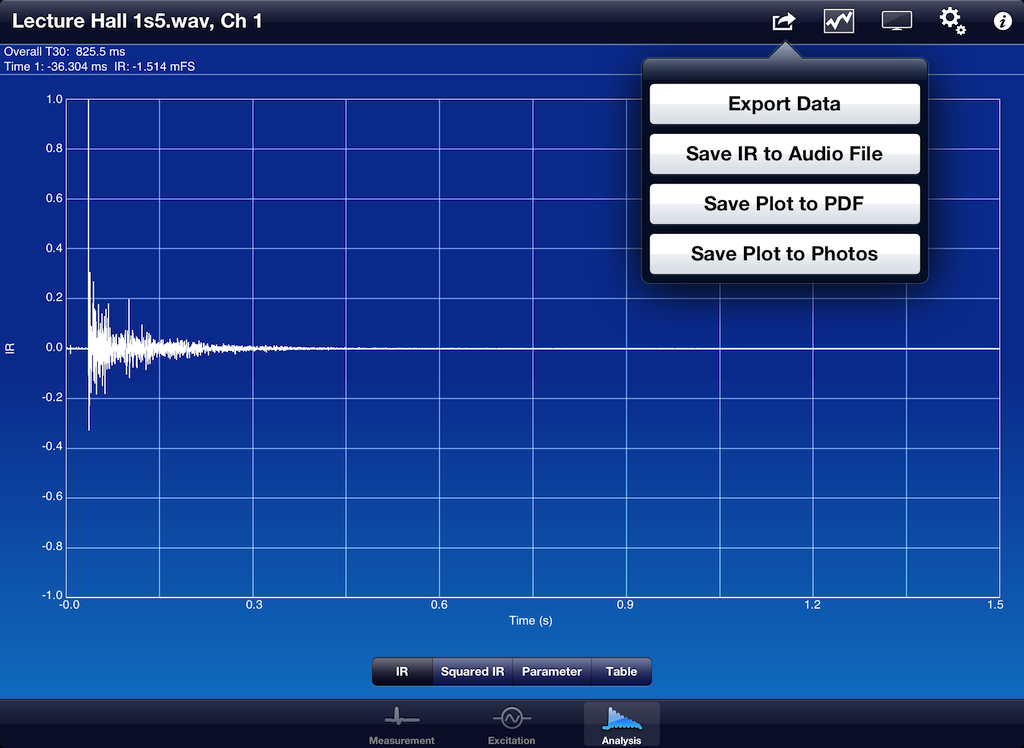

The algorithm is based in standard MATLAB's tools, as the ones used by pwelch. The same will happen if analyzing only a single window. If passing two identical objects or linearly combined signals, the output will be 1 at all frequencies. The function makes cross-coherence estimates between the 2 input aos. If the user doesn't specify the value of a given parameter, the default value is used.

the name and, for Kaiser windows, the PSLL.Īs an alternative to setting the number of points 'Nfft' in each window, it's possible to ask for a given number of coherence estimates by setting the 'Navs' parameter, and the algorithm takes care of calculating the correct window length, according to the amount of overlap between subsequent segments. Is actually rebuilt using only the key features of the window, i.e. The length of the window is set by the value of the parameter 'Nfft', so that the window
ELECTROACOUSTICS TOOLBOX FULL
Notice: analyzing a single segment produces as a result an object full of 1!Ī string value containing the variable 'fs' canĪlso be used, e.g., plist('Nfft', '2*fs') 'Nfft' - number of samples in each fft.The parameter list pl includes the following parameters:
ELECTROACOUSTICS TOOLBOX SERIES
Finally, there is so little discussion of science in the book that, at times, it is hard to follow the nature of advances being discussed.A1 and a2 are the 2 aos containing the input time series to be evaluated, b is the output object and Electroacoustics Toolbox is currently 299.99 (was 499.99). The best example of this is the treatment of Helmholtz, which borders on reverential. Third, the treatment of some of the historical figures is clearly not objective. And while there is significant discussion of the importance of electrical analogs for modeling of electroacoustic products, the Firestone analogy and Firestone himself are not mentioned in the book. Van de ontwikkelaar: Electroacoustics Toolbox is a modularized, multi-channel, dynamic signal analyzer and data-acquisition platform. There is no mention of Cady or Wente and thus of condenser or piezoelectric microphones. Second, the book focuses on a subset of the accomplishments in electroacoustic products and misses most of the critical work on microphones done in the period considered. British and French work on electroacoustics is cited usually just in passing. For instance, the author mentions that the period between the world wars saw the US as the global leader in acoustics research, yet US work on radio, telephony and sound in movies is hardly mentioned. First, its focus on Germany comes across as forced at times. The Age of Electroacoustics suffers from a few serious flaws.


 0 kommentar(er)
0 kommentar(er)
